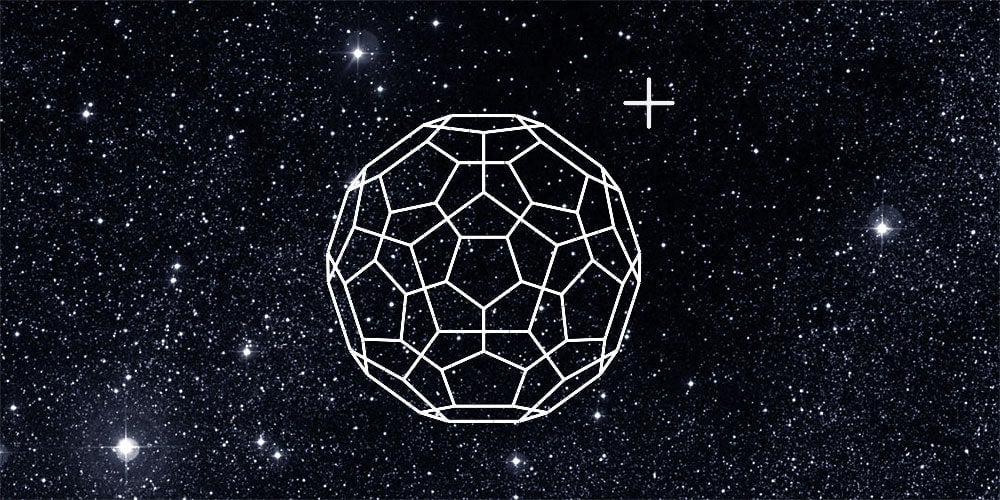The discovery of “buckyballs” in space solves a 100-year-old mystery
Today we can genetically engineer life and stitch atoms together to create new chemicals. Yet, we still don’t know how life started a few billion years ago on Earth. One hint is that it got help from outer space, where some molecules seeded life on Earth.


Today we can genetically engineer life and stitch atoms together to create new chemicals. Yet, we still don’t know how life started a few billion years ago on Earth. One hint is that it got help from outer space, where some molecules seeded life on Earth.
One such molecule implicated in the origin-of-life story is the buckyball, which is made of 60 carbon atoms arranged in a football-like shape. The discovery of this unique form of carbon, which is found in abundance of Earth but hadn’t been detected till 1985, won the discoverers the 1996 Nobel Prize in chemistry.
Now, scientists have discovered that gaseous buckyballs exist in space. The discovery, published in Nature, doesn’t just confirm the hunch scientists have had that buckyballs may be ubiquitous in space—it also solves a puzzle astronomers have been struggling with for more than 100 years.
For years, astronomers have been using absorption spectra to understand what objects in space are made of. An absorption spectrum of white light passing through a spectrometer would look like a rainbow. However, if there is any chemical present in the medium in which the light flows, the high-resolution spectra will show tiny black lines. These black lines occur where light is absorbed by the molecules of the chemical, and they do this in a predictable way so that we can work backwards to find out what the chemical is.
In the absorption spectra of space, some black bands have been a mystery. They appear fuzzy, and scientists haven’t been able to find a chemical capable of absorbing that amount of energy. These bands are called diffuse interstellar bands, and were first discovered in the 1900s.
Now, researchers have confirmed that buckyballs are responsible for creating these diffuse interstellar bands. To do this, they cooled down gaseous buckyballs to -267 °C (close to -450 °F), to mimic space conditions, and measured the absorption spectrum through these molecules. The absorption patterns were similar to those found previously in space.
The lead researcher, John Maier at the University of Basel, thinks that the confirmation of finding molecules as complex as buckyballs has wider implications. Since the 1970s, scientists have been finding other varieties of more and more complex molecules, many of which are precursors of molecules found in life on Earth—this gives astrobiologists and chemists a lot to work on.